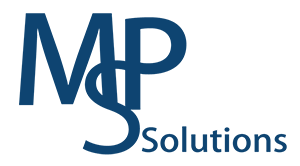SAP Business One is a flexible ERP software that offers various possibilities of integration with other ERPs in an enterprise’s ecosystem through its integration services. SAP Business One integration services provide a framework in the form of a web browser to design integration flows, in order to transfer data between different software solutions. The integration framework for SAP Business One is a crucial part of SAP Business One that allows communication between SAP Business One and other software solutions in the user’s environment.
Integration services bring a lot of benefits to an enterprise. It allows for data synchronization among different business systems, extends the platform’s functionality while being able to integrate SAP Business One future upgrades easily. When all ERP solutions are interconnected, it leads to a holistic view of the data for the user. Thus integration among ERPs results in a better workflow for the entire organization as data can flow seamlessly between them. This in turn leads to decreased costs and increased productivity of the users as data is readily available from multiple systems for use.
The Integration Framework is the utility or middleware that enables SAP Business One to send and/or receive data to and from the outer systems, over different system environments. It consists of three main interfaces to communicate with other ERPs or CRMs – DI API, DI Server, and B1WS. These interfaces are a set of APIs and protocols which enable communication between SAP Business One and other ERPs. It makes possible data-manipulation functions like read, write, and update of database objects, in other ERPs. At the same time, it sends SAP Business One’s data to other ERPs.
With Integration Services, users can keep working with different ERPs along with Business One, without any fear of data-inconsistencies. It helps enterprises to benefit from the unique capabilities of each particular ERP and to save costs in the long run.


Recent Comments